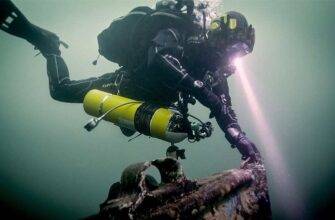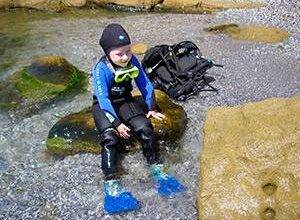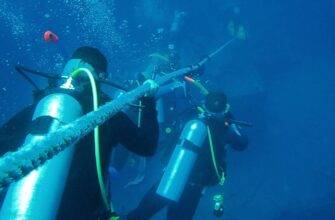Differences in water salinity and temperature cause its density to vary as well.
Water with different densities can lie in layers without mixing. Layers can be formed by water with sharply different salinities. The boundary between such layers is called a halocline. This phenomenon is common in places where water flowing down from the land forms a layer over salty water from the ocean.
Cave divers going through the halocline can blend the layers. The blurred image effect is caused by the mixing of different layers.
Thermoclines can be seen in both fresh and salt water bodies. The thermocline rises or falls depending on seasonal changes in water temperature.
Differences in salinity cause greater density changes than differences in temperature. The transition from less saline surface water to more saline deep water is called a halocline.
In an ocean of ions (anions) determines the acidity of water. The unit for measuring acidity is called pH, a scale that describes the ratio between hydrogen cations (H+) and hydroxide anions (OH2) in a liquid.
When a solution contains many hydrogen cations, it is called acidic and the pH value is between 0 and 7 (not including the 7 value).





